It’s not an easy job to carve out a slice of the competitive camera lens market, but in recent years we have seen a few companies do just that. One of those is Venus Optics, a Chinese lens maker, who first entered the market with innovative macro budget lenses – lenses no one else was making. Venus Optics was not content to stay in the “budget” lens category and quickly moved on to more premium lenses sold under the Laowa brand. I’ve previously reviewed several Laowa lenses, including the 105mm f/2 STF (Smooth Trans Focus) lens and the ultrawide 12mm f/2.8 Zero D lens. I found them to be premium, fully manual lenses, whose all-metal construction reminds me both of Zeiss lenses in some ways, but even more so of my favorite vintage lenses.
The most recent Laowa lens is the Laowa 15mm f/2 Zero D, the Sony full frame mirrorless FE mount. It bears many similarities to the Laowa 12mm f/2.8 Zero D lens, but with a few key improvements. If you don’t actually need the incredible nearly 122 degree field of view of the 12mm and shoot Sony E Mount, the Laowa 15mm f/2 makes a lot more sense.
For one, it provides a full stop brighter maximum aperture of f/2 vs f/2.8. This allows you to have better results in low light conditions and will also give you more flexibility for shooting stars. A second key advantage to the 15mm f/2 lens is that it can use traditional screw on filters in a common (and inexpensive) 72mm size. Combine these advantages with the fact that the 15mm lens runs a hundred bucks cheaper and you’ve got a lens that is more practical for many shooters.
The 15mm f/2 is unquestionably a beautiful lens. It has a very sleek anodized metal body where markings are etched rather than just painted. Everything feels very premium to the touch and bears a lot of similarity to classic Zeiss lenses. The lens weighs 500g/1.1lb (about 110g less than the 12mm), and balances nicely on the Sony a7R III body I was using for testing. The lens is 66mm (2.6”) in diameter and 82mm (3.23”) long. While the lens wouldn’t be called small, it is certainly compact when one considers the wide focal length and large maximum aperture. I consider size and weight to be plus here.
The included lens hood is also made of metal and ribbed inside. It is fairly shallow, and I would suggest its primary value is for protection from dings more than shading the front element. Despite this, the lens shows a high degree of flare resistance when shooting into the sun or backlit conditions, which I attribute more to the optical formula and coatings than the hood. Right before the transition to the hood, there is a tasteful deep blue accent ring that evokes Zeiss to me. It’s subtle yet elegant.
The focus ring (this is a manual focus lens) has beautiful damping and glides smoothly with just about the right amount of resistance. There is about 140 degrees of focus throw, with about 80% of that focused on the range from minimum focus (15cm) to one meter. That’s right – 15cm. The lens focuses down very closely, allowing you to achieve a 1:4 magnification ratio (0.25x), which is exceptionally high for this kind of focal length. This allows for creative photography and combined with the large maximum aperture, will even throw a background reasonably out of focus when you are close to your subject. Because of this close focus ability, a lot of the focus throw is in that early range, leaving a small amount from 1 meter to infinity, so focusing changes are minimal. For landscape shooting, you can often just set the focus and leave it. There are hyperfocal markings on the lens barrel at f/5.6, f/11, and f/22 (minimum aperture value).
The aperture ring is interesting with standard aperture “clicks” or detents at the full stop values (f/2, f/2.8, f/4, etc.) and with a flick of a switch on lens barrel, it “declicks” the aperture, which means you can smoothly open or close the aperture to any position. Videographers appreciate this feature, which allows them to do aperture “racking”.
An investigation of the rear of the lens produces both good and bad reactions from me. On the positive side the quality of the engineering extends to the rear of the lens, which looks very premium. It is designed that even as the rear elements move (the lens’ focus is all internal) there is never a gap that opens into the interior of the lens. I’m less excited by what’s missing: 1) any weather sealing and 2) any kind of electronic coupling to communicate with the camera. I recommend the former to Laowa because wide angle lenses are often used outdoors. There’s umm, weather out there! I recommend the latter because, unlike Canon and Nikon, Sony is very accommodating to third party lenses by allowing embedded profiles that can correct for things like vignette, distortion, or chromatic aberrations. While distortion isn’t an issue with this lens, vignette is, and I’m left making manual corrections to the vignette in post and essentially stuck with it if I shoot JPEGs. One also loses out on information like the aperture value that was chosen or even the lens designation and focal length in the metadata. I think that this should be Laowa’s next step in their lens design.
The Laowa 15mm f/2’s optical formula has 12 elements in 9 groups, and this lens lives up to the “Zero D” (distortion) claim. When I compare it to a popular zoom that covers this focal length, I was surprised by just how much of a difference there was between the two lenses. The Laowa produces nice, straight lines. Any wide-angle lens will provide a keystoning effect if the lens is tilted up or down (trees or buildings will begin to “lean”), but if the sensor is level, you can expect next to no barrel distortion. I’ve previously mentioned that the lens is nearly impervious to flare, even with the bright directional sun right in the frame.
The lens does show a minor amount of lateral chromatic aberrations in high contrast areas along the edges of the frame, but fortunately this is the easy kind to fix. Clicking the “Remove Chromatic Aberrations” box in your favorite editing software should eliminate it.
At f/2 , the lens shows a nice amount of sharpness with improvements made as you stop the lens down. The lens doesn’t show exceptional contrast and I find colours slightly undersaturated, but these can be easily remedied to taste in post. This focal length is an excellent one for landscape work: it is wide enough to be used creatively, but not so wide that composition becomes extremely challenging. The low distortion increases the usefulness for shooting architecture or interiors, so this might be an appealing option for those that do real estate photography.
There is a fairly pronounced vignette at f/2 which is essentially gone by f/4 with only a very slight improvement at f/5.6. At typical landscape apertures, this shouldn’t be an issue.
In conclusion, this lens fills a niche that is relatively unfilled by other lenses in the Sony FE lineup. There are few quality, wide-angle lenses available in Sony FE mount and no others that combine this wide a focal length and aperture. If you don’t mind manual focus (which is much easier on Sony mirrorless!), you will discover a well-made, premium quality lens. All told this is the kind of lens with which you can have a lot of fun…and its reasonable size and weight make it easy to bring along. Venus Optics has given us another compelling option in the form of the Laowa 15mm f/2 Zero D!
About the Author
Dustin Abbott is a full time pastor/part time photographer from Pembroke, Ontario who shoots professionally but primarily for capturing beauty and sharing it with others. www.dustinabbott.net



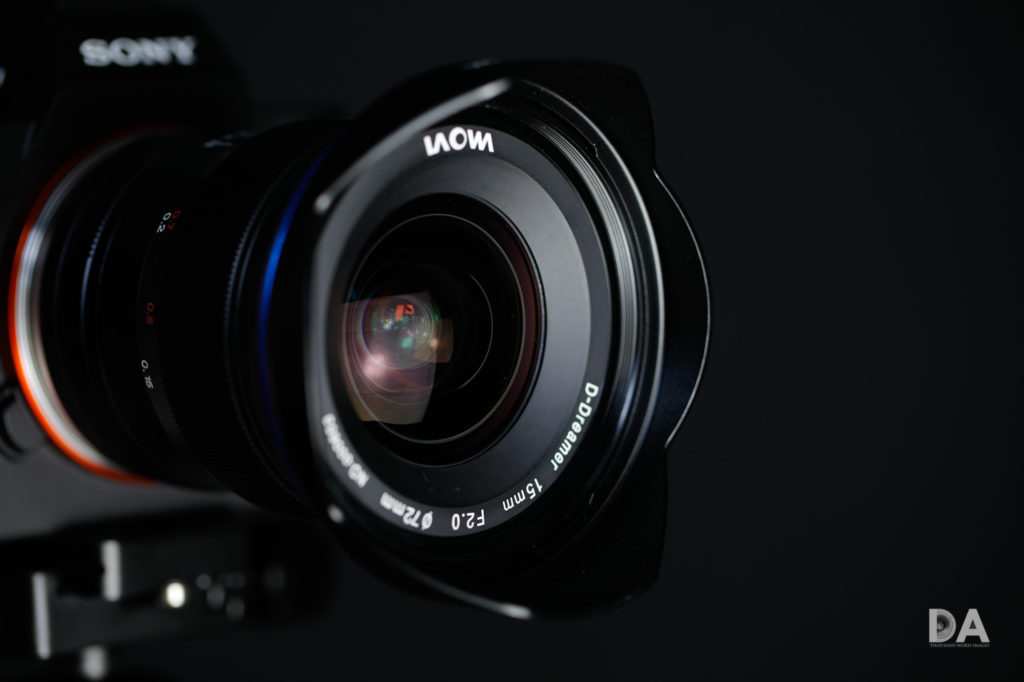
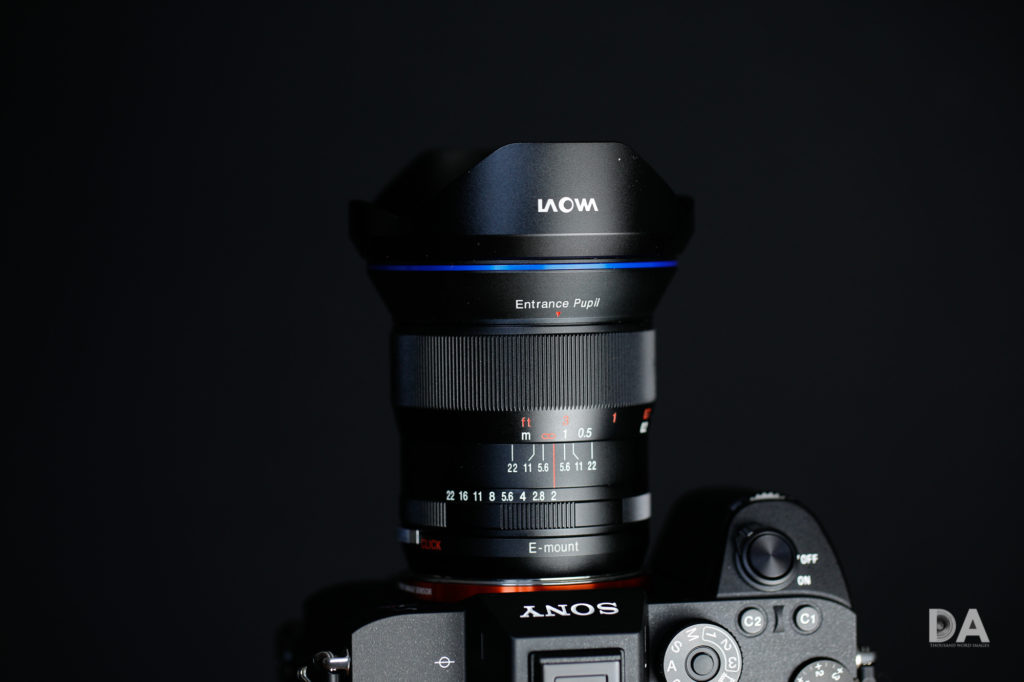
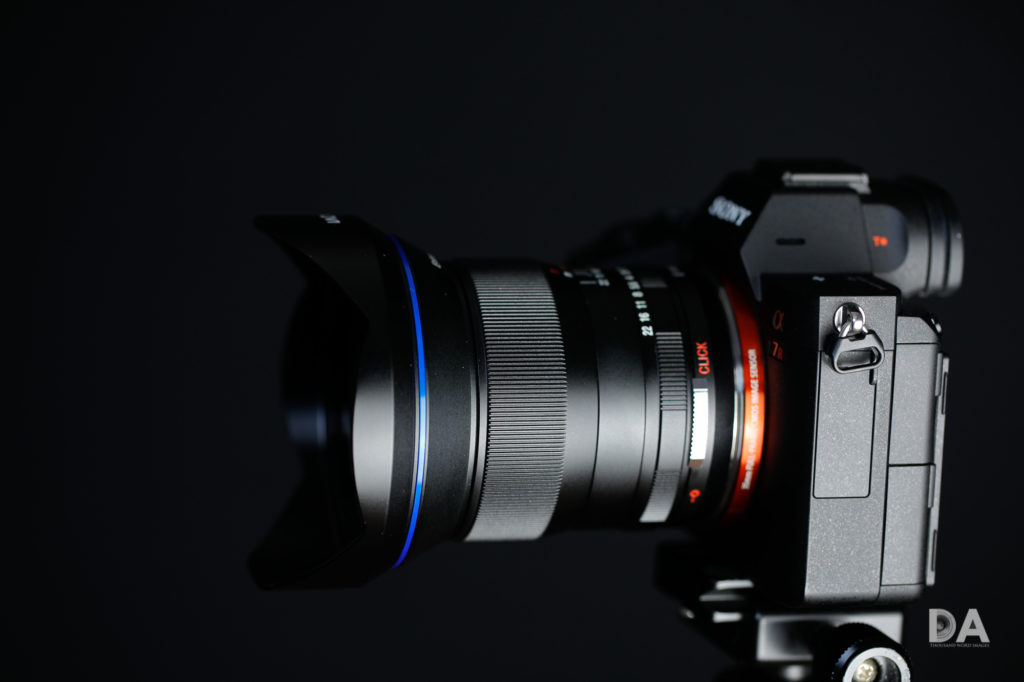
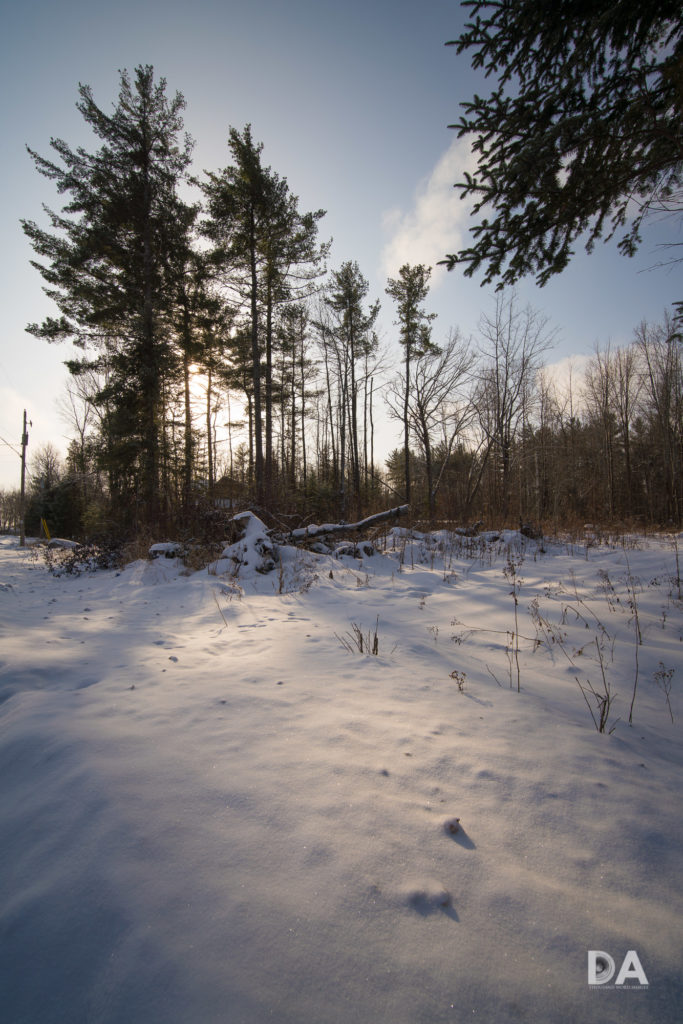
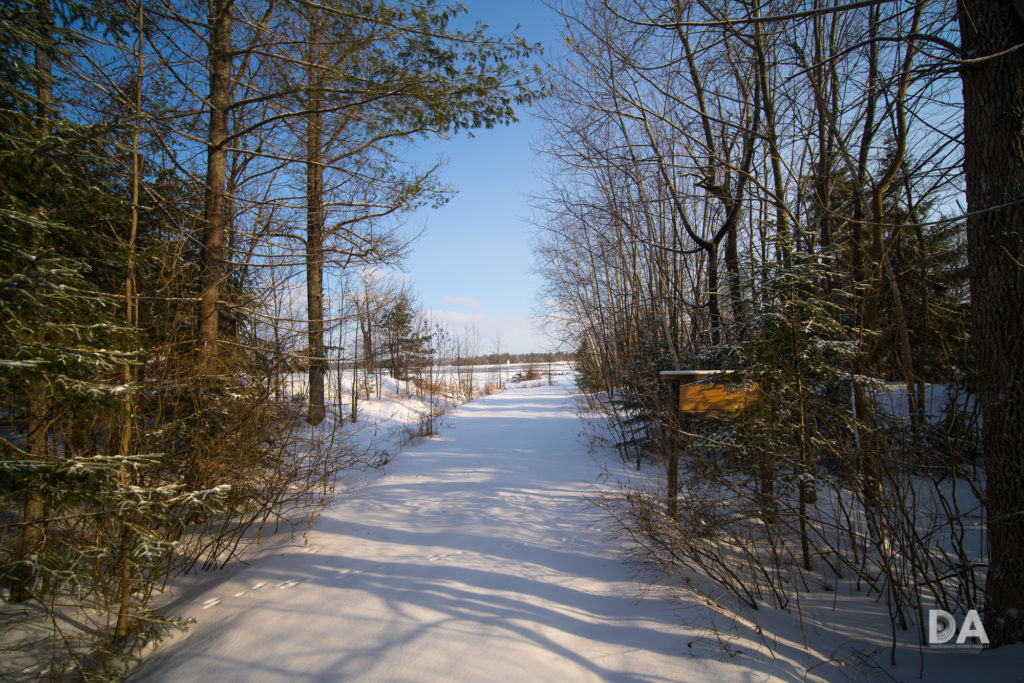
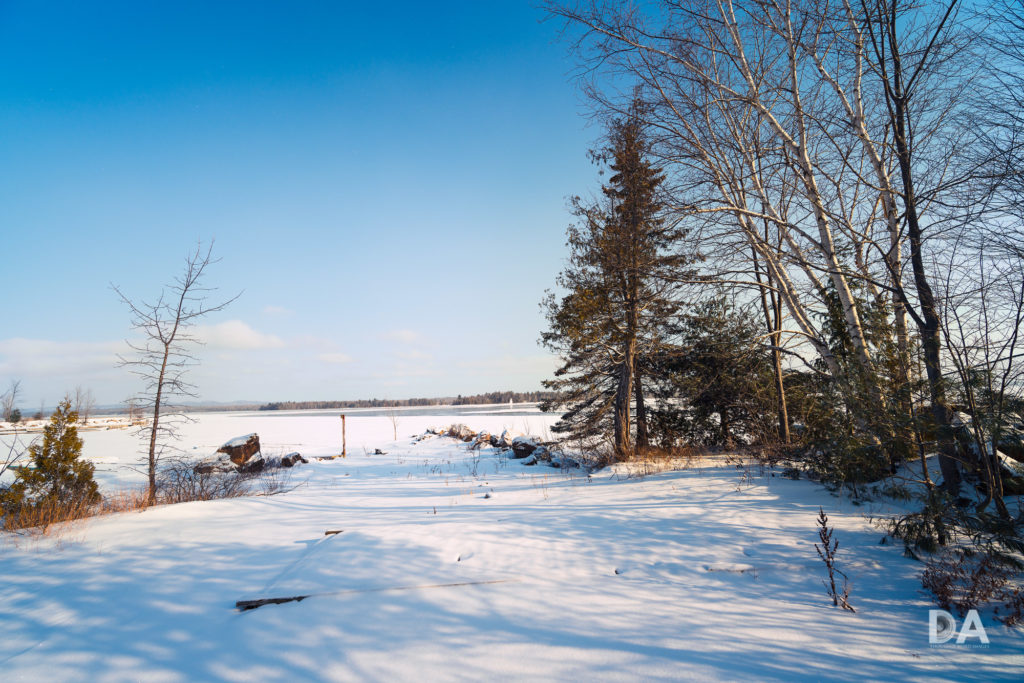
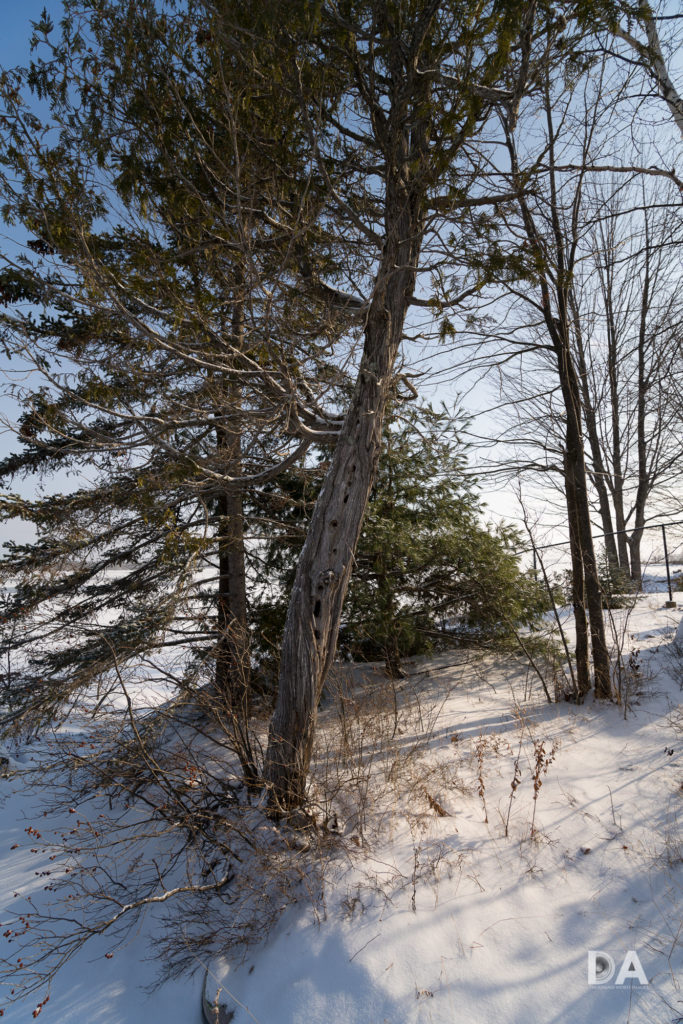

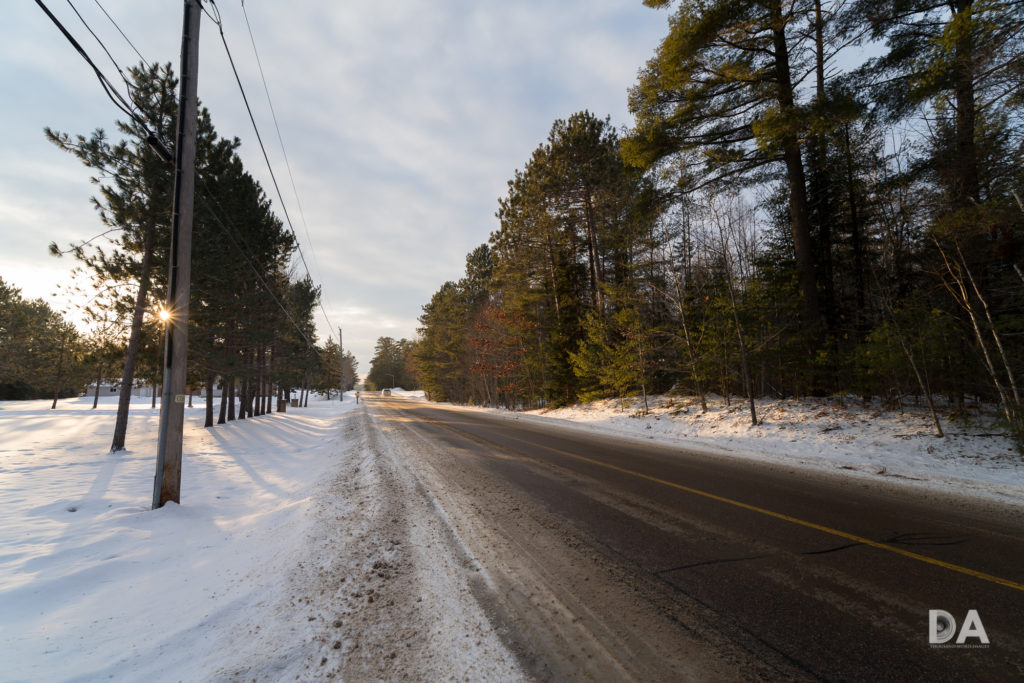
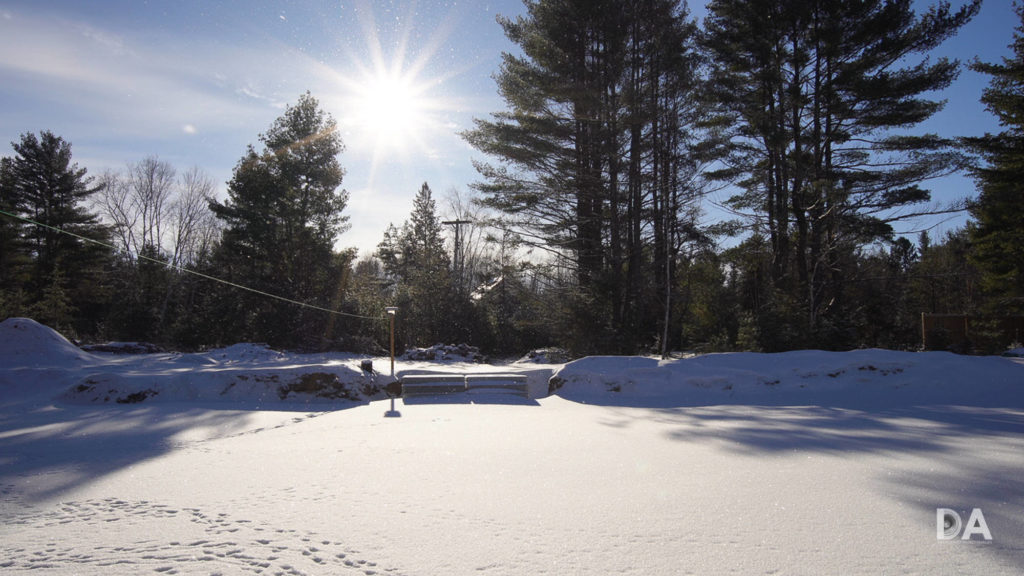
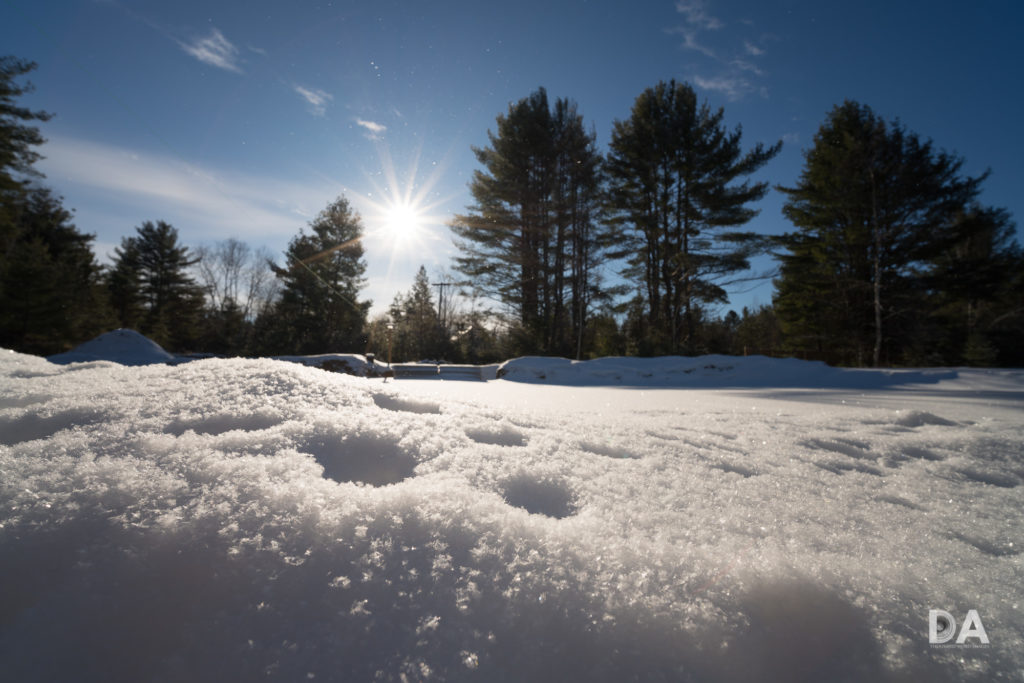






Well aware of Venus Laowa lenses from China, however article interesting and informative, but photos lacking in any perspective what so ever. Realize an ad hoc intervention but not a rendering of the lens potential.
Think Nikon, canon leitz and others should take note of Laowa accomplishments with substantial cost savings and get their designers to take
Note as to what can be attained. In heavens name we are talking about China
With all the critism. Recall in beginning those in the so call know said more
C..p from China. Now they’re not so sure
Don Saunders